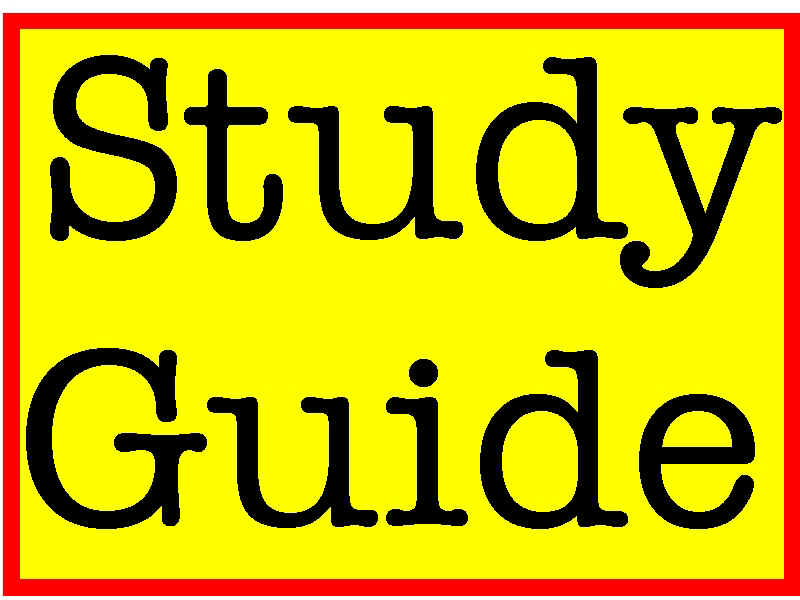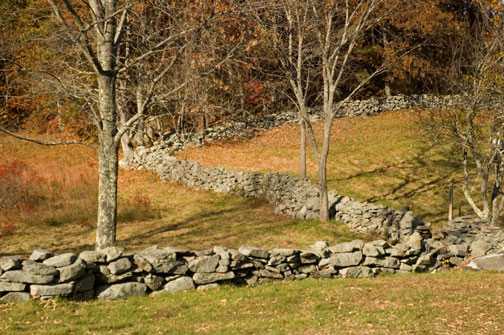You have created a study guide with your group, worked in another group by months, and presented your work from your month group to your home group. You have a view-only copy of every group's study guide and every month group's presentation.
It is time to work on your own. You could review study guides and presentations if you were absent Friday, re-read something you missed or forgot and summarize it for yourself (and your group), or work on an assignment from weeks ago that you want me to re-grade. You can also still submit questions you think I should use on the final.
Requirements:
- Go to your EJ and write an entry about what you are planning to do today.
- Do it
- Write in your EJ about what you did and how it went.







